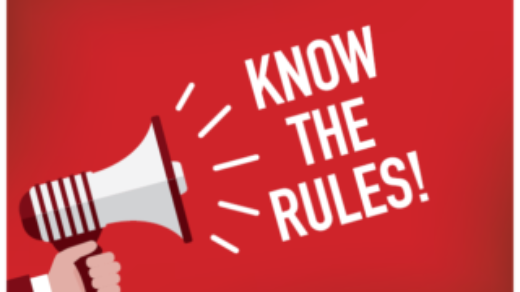When you leave one job for another, you are often advised to take your 401(k) with you, either by rolling it into an IRA or by rolling it over to your new employer’s 401(k) plan.
By rolling it into an IRA at a brokerage firm like TD Ameritrade or Schwab or Fidelity, you will have access to thousands of investments instead of the dozen or so options that you probably have in your 401(k). This increase in options and the control it gives you is the argument for transferring your 401(k) assets into an IRA.
Conversely, the argument for rolling your 401(k) balance over to your new employer’s 401(k) plan is simplicity. You only have to manage one account, not multiple accounts.
But in my situation, I’ve found that I want to leave my old 401(k) balance right where it is, with my former employer, for two reasons. First, it helps me segregate traditional and Roth 401(k) contributions. Second, it preserves my ability to make backdoor Roth IRA contributions. I’ll discuss each of these below.
Managing Traditional 401(k) and Roth 401(k) Separately
Both of my 401(k) plans allow for traditional and Roth contributions. However, neither of the plans allows me to separately manage the types of contributions. For example, if I want to invest employer contributions 100% in bond funds and my Roth contributions 100% in equity funds, I can’t do that. I can only manage the balance as a whole.
Why would I do I want to manage the types of contributions separately? Because in the future I may want to convert my traditional holdings into Roth holdings. Since I will have to pay income taxes on the converted amount, I want to the balance of my traditional holdings to be as low as possible. So I don’t want high-growth assets in my traditional holdings. That means I want to hold bonds in my traditional 401(k).
Luckily for me, my 401(k) balance with my former employer is 96% traditional/employer 4% Roth. So I just manage it as if it is all traditional balance.
On the other hand, my 401(k) balance with my current employer is primarily Roth. I am making solely Roth contributions, so the only traditional balance is due to my employer’s match. My balance in my current employer’s 401(k) plan is 82% Roth and 18% traditional, so I manage it as if it is all Roth balance.
When I rebalance my portfolio, I tend to shift more of my old 401(k) toward bond holdings. Assuming these holdings grow more slowly than equity holdings, I will benefit in the future if I do Roth conversions because it will limit the amount I will have to convert, thus limiting the taxes due on the conversions.
Simplifying Backdoor Roth IRA Contributions
I use backdoor Roth IRA contributions to work around the limits on making direct contributions to a Roth IRA. By keeping my traditional contributions in a 401(k) instead of a traditional IRA, I avoid the pro rata rule.
If I rolled my former employer’s 401(k) into a traditional IRA, I would have untaxed (at least so far) IRA contributions. When I then made an after-tax contribution to the traditional IRA, hoping to convert that contribution to a Roth account, I would have created a tax mess because I would have mixed pre-tax and after-tax contributions. Once you mix the two types of contributions, you can’t unmix them. This causes tax problems.
By not rolling the old 401(k) to an IRA, I avoid this problem completely.
What Could Make Me Change My Mind
Luckily, my former employer’s 401(k) plan has two additional features that help me. If this were not the case, I may rethink my strategy.
First, my former employer’s 401(k) plan consists mostly of low-cost funds from Schwab, Vanguard, and DFA. It it had high-cost funds, I may not want to stay invested in them.
Second, my former employer’s 401(k) plan helps me to maintain my target asset allocation because it has some fund types that my current employer’s plan does not have. For example, the old plan has good options for foreign large value and foreign large blend funds, while the international funds in my current employer’s 401(k) plans are only growth funds.




